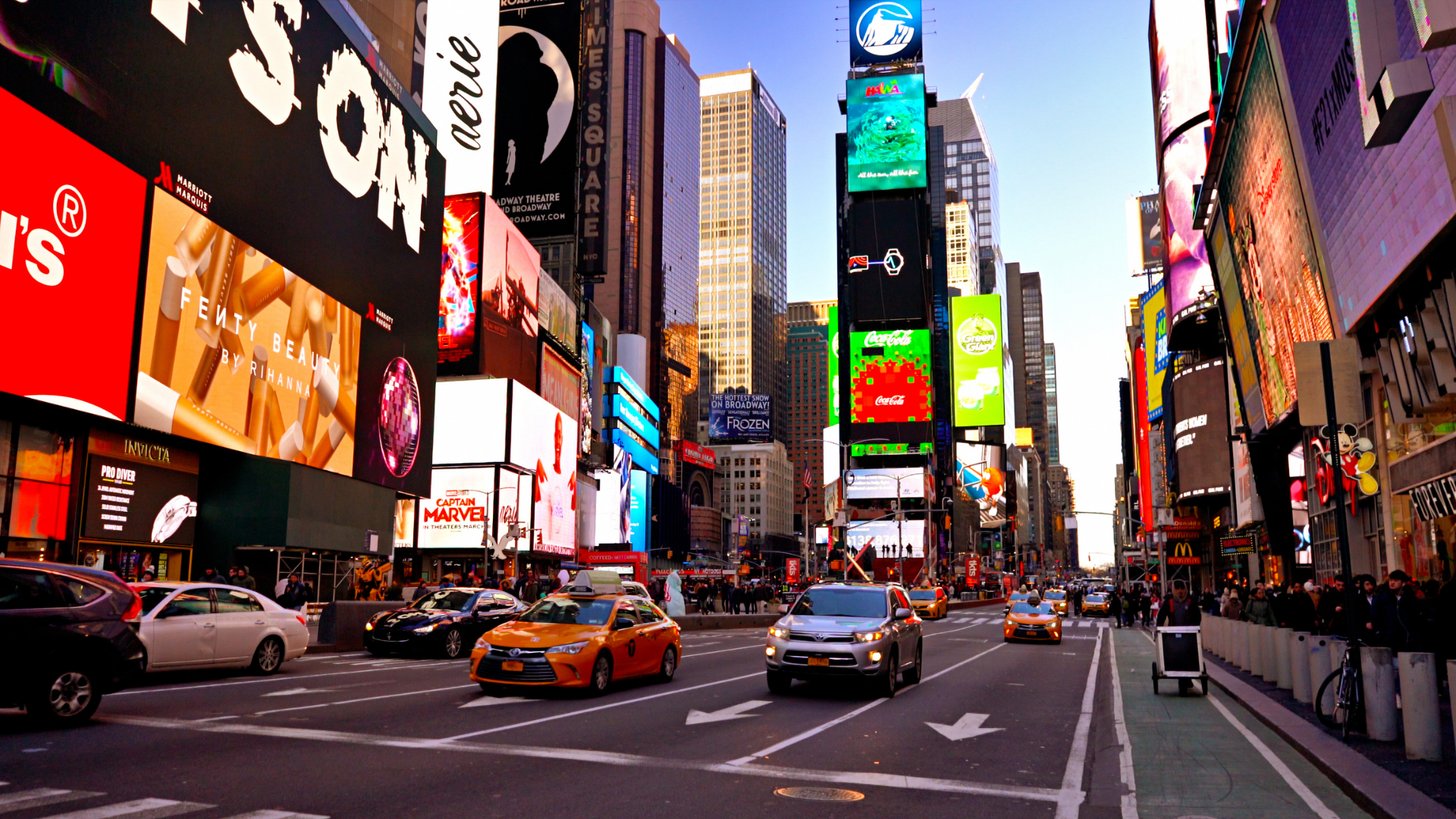Marketing Trend Tracker - Series 15
The countdown to the New Year has begun, but 2024 trends are still making their mark. In this edition of Trend Tracker, we dive into the latest developments across social media platforms. Unfortunately for TikTok, the platform is back in the headlines—but not for the right reasons. Canada has made the decision to expel TikTok’s offices and employees from the country, adding to the ongoing scrutiny the app faces after the U.S. courts ruled
to uphold the potential TikTok ban. Instagram is expanding its "boosted" capabilities, offering advertisers more opportunities to reach their audiences. Meanwhile, a new contender is rising in the social media space, with Bluesky gaining significant traction in recent weeks. Read on to discover how these shifts could impact the marketing landscape.
Instagram Expands Boosted Posts

Fans of boosted posts have something to celebrate as Instagram has added new ways to increase the value of your best-performing organic content. At its core, the “boost” option started as a simple, straightforward tool to push performing content while it is relevant.
Prior to the most recent update, some posts were not eligible to boost because of issues within Meta as well as with copyright. However, a broader range of content has been approved to become boosted for professional accounts. Previously, having copyrighted music in your boosted posts often generated an error, but that’s no longer the case. Content with copyrighted music
may now be boosted upon replacing the sound with one that is boost-eligible. Also,
Instagram states that this update allows for “most GIFs and stickers” to be boosted. This flexibility allows for advertisers to promote a wider range of organic posts across Meta properties.
Bluesky Is On The Rise
At SparkShoppe, we specialize in staying ahead of the curve.
Get in touch today to learn how our team of marketing experts can help elevate your brand and keep you at the forefront of industry trends!


















